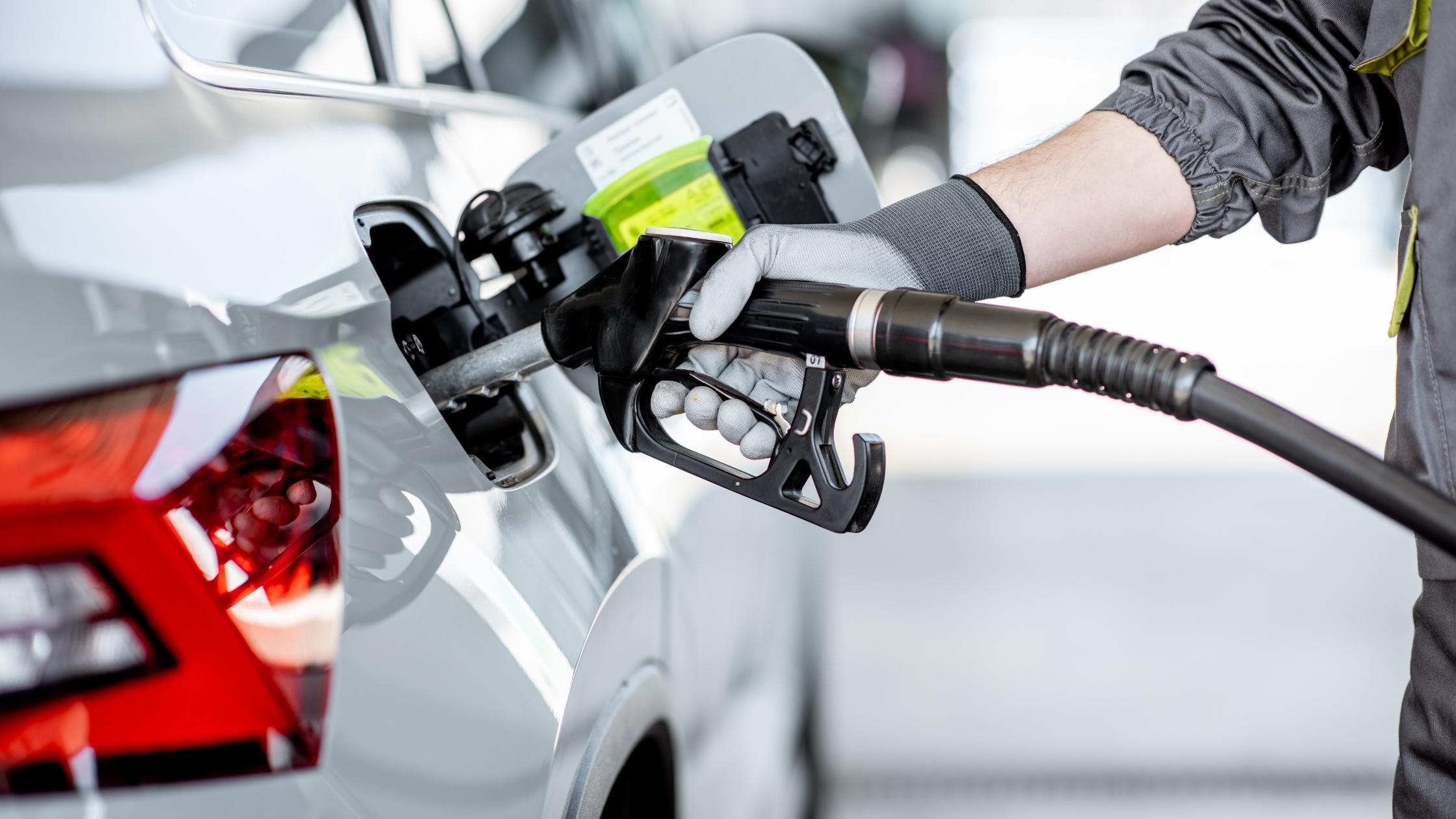
Refueling your vehicle is a routine task that many of us take for granted. However, it's important to remember that implementing safe refueling practices is essential for motorists and truck drivers alike before hitting the road. Whether you're at a gas station filling your vehicle or using a fuel canister to fill equipment, following safe refueling practices is important for your own safety and the safety of those around you. In this blog post, we'll explain which fueling practice is safe and identify some fuel handling safety tips that you should consider.
Use safety precaution while filling the fuel tank.
Safe refueling practices prevent accidents and injuries that can result from fuel spills, fires, and even explosions, which not only jeopardize the safety of the individuals involved but can also be hazardous to the environment. Practicing safe refueling also helps protect your vehicle from damage and ensures its longevity by reducing the likelihood of fuel system problems.
Best Safe Refueling Practices
Whether you're filling up your car, a company vehicle or truck, or even equipment and machinery, following these guidelines is important to ensure safety while you fuel:
1. Choose a well-maintained gas station.
Finding a well-maintained gas station or truck stop is an important first step when it comes to safety. If you're a truck driver that needs access to fueling locations, consider trucking fuel cards that provide access to major and independent brands. Look for signs of good upkeep, such as clean surroundings, well-lit pumps, and properly functioning equipment. A well-maintained gas station or truck stop reduces the risk of accidents caused by faulty equipment or spills.
2. Turn off your engine.
Always turn off your vehicle's engine before refueling. Engines produce heat, sparks, and electromagnetic radiation, all of which can potentially ignite gasoline vapors. If you use equipment and machinery that needs fuel, then always make sure to turn off liquid powered tools before refueling them. And if you have off-road equipment that needs dyed diesel, consider signing up for the CFN fuel card to access that fuel product.
3. Stay with the vehicle.
Do not leave the vehicle unattended while refueling. Stay by the pump and stay alert in case any issues arise. Pay close attention while fuel is being dispensed. This increases your chances of catching a dangerous situation before it gets out of hand.
4. No smoking or open flames.
It should go without saying but never smoke, use lighters, or have any open flames near the fueling area. Gasoline and diesel fumes are highly flammable, and even a small spark can lead to a disaster.
5. Avoid using your cell phone.
While using your cell phone isn't as risky as smoking near the pump, it can still create a distraction and lead to unsafe practices. By paying close attention to your surroundings while refueling, you can focus on safely refilling your gas tank, securing any loose caps before driving away, and cleaning up any debris you might have left that can cause potential dangers.
6. Ground yourself.
Static electricity can cause sparks that ignite fuel vapors. It's important to know how to prevent static when fueling heavy equipment and vehicles. Touch a metal part of the equipment or vehicle, like the door or the frame, before touching the pump nozzle. This will help discharge any built-up static electricity from your body. This is a simple tip that's easy to follow.
7. Use approved containers.
If you're using a fuel canister to store diesel fuel, make sure to follow OSHA diesel fuel storage regulations and label storage containers properly. Never use makeshift containers and always avoid storage near open flames or smoke. Carelessly storing fuel without abiding by these regulations can lead to dangerous spills and fire hazards.
8. Don't overfill.
Do not overfill the gas tank or the fuel canister. Gasoline expands with temperature changes, and overfilling can cause fuel to spill out, which is both wasteful and dangerous. Fill the tank or container to the recommended level and stop when the pump nozzle clicks off.
9. Be cautious with fuel spills.
If you accidentally spill fuel, inform the gas station attendant immediately. Fuel spills are not only harmful to the environment but can also pose fire hazards. Do not attempt to clean up a spill yourself unless you are trained to do so.
10. Dispose of gloves and paper towels properly.
If you use disposable gloves or paper towels during refueling or during cleanup if a spill occurs, dispose of them in the designated trash bins. Do not throw them on the ground or leave them near the fueling area as they can become fire hazards.
Conclusion
Safe refueling practices are essential for your well-being, the safety of those around you, and minimizing environmental impact. By following these guidelines, you can reduce the risks associated with handling gasoline or diesel. Remember that safety should always be a top priority when refueling your vehicle, whether you're a professional truck driver or a motorist in general. So next time you're at the pump, make sure to implement these safe refueling practices. Stay safe and drive responsibly!




